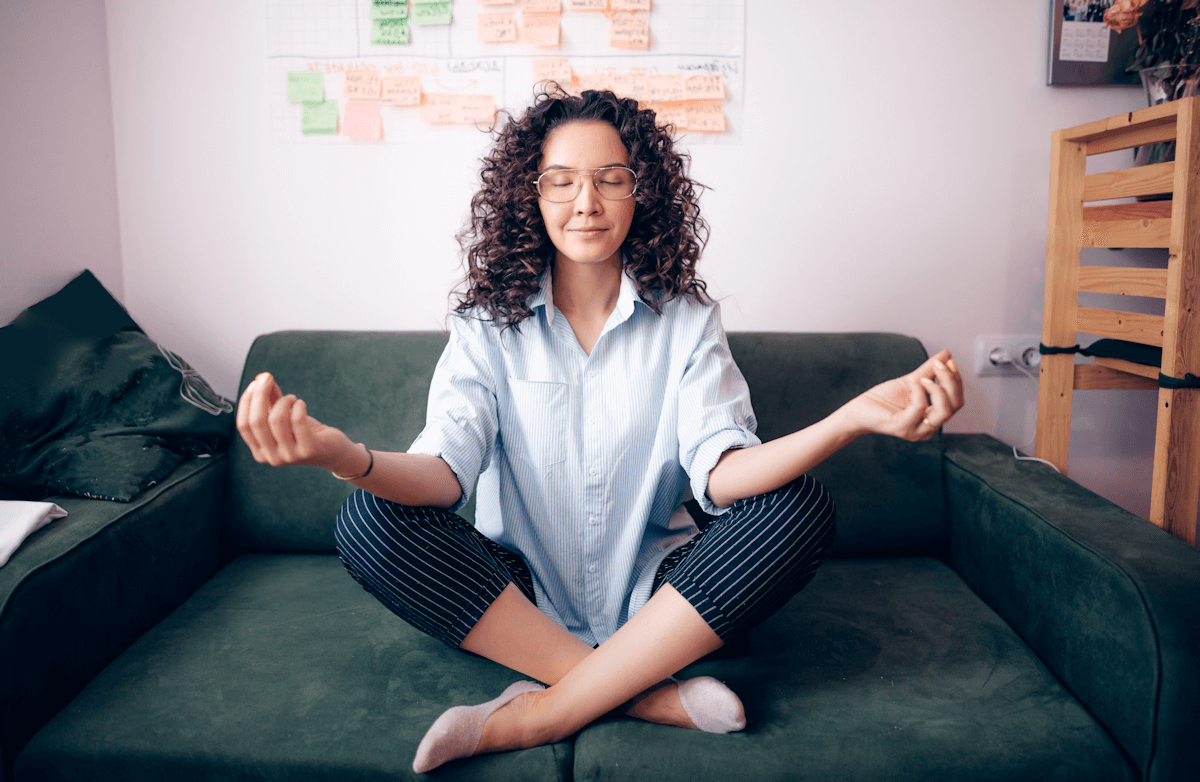
Mindfulness is more than a trendy buzzword—it’s the practice of focusing on the present moment, including your thoughts, feelings, and surroundings, rather than dwelling on the past or worrying about the future. A consistent mindfulness practice has been shown to reduce stress and anxiety, encourage positive emotions, and support physical wellness. You don’t need to meditate for hours each day to benefit. Even a single mindful pause can lower stress and improve mood. Here are practical ways to bring mindfulness into your daily life.
1. Disconnect from Screens
Try avoiding screens for the first and last hour of your day. This helps you transition mindfully between sleep and wakefulness and encourages inward reflection.
2. Use the S.T.O.P. Method During Stress
When you notice stress or strong emotions: Stop what you’re doing, Take a few deep breaths, Observe your thoughts, feelings, and bodily sensations, and Proceed with an action that supports you in that moment.
3. Wake Up 15 Minutes Earlier
Use this extra time to reduce morning rush, meditate briefly, or simply spend quiet moments with your thoughts and intentions.
4. Schedule Breathing Breaks
Set an alarm twice a day to pause and take seven purposeful breaths. Focusing on your breath helps unite mind and body and anchors you in the present.
5. Use Mirrors as Confidence-Boosters
When passing a mirror, take a moment to name something you are grateful for instead of judging your appearance.
6. Take a Sensory Pause
Notice your surroundings using your senses: 5 things you can see, 4 things you can hear, 3 things you can touch, 2 things you can smell, and 1 thing you can taste.
7. Eat Mindfully
Before eating, observe your food—its color, texture, and smell. Eat slowly and without distractions, focusing on the experience of your meal.
8. Start a Gratitude Practice
Each evening, write down three moments from the day for which you are grateful. Focus on each moment and allow yourself to relive it mentally.
9. Exercise Without Music
Engaging in physical activity without auditory distractions helps you focus on your body and thoughts, turning exercise into active meditation.
10. Practice Acceptance
When a negative emotion arises, acknowledge it: Tell yourself, “My mind is experiencing unpleasantness” three times. Accept the feeling and remind yourself, “This will pass.” Take a deep breath and count to ten.
The Takeaway
Mindfulness isn’t limited to completing a single exercise. The focus and clarity you gain from these practices can carry forward throughout your day, improving your awareness, emotional regulation, and overall well-being. Even small moments of mindfulness can make a meaningful difference in your daily life.












